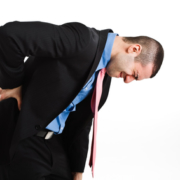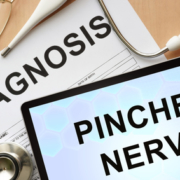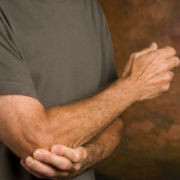6 Tips Chiropractic Patients Must Observe If They Are Victims of a Car Crash
Few instances shatter our normal world into pieces more quickly than an automobile accident. Never expected, a wreck causes bodily injury, stress, and, in some cases, ongoing financial litigation issues.
Unfortunately, the vast number of vehicles on the road today, as well as drivers’ penchant for distracted driving, dramatically increases an individual’s chances of being involved in a crash. If you already suffer from an injury or medical condition, you must do your part to ensure it is not aggravated or exacerbated.
If a car crash happens to you, it’s essential to recognize and follow these six tips to keep you safe and your injuries to a minimum.
Immediately take stock of the situation
The way you react seconds after a crash impacts the situation tremendously. Determine what area you are injured, and if you are in imminent danger in the vehicle.
For example, if the automobile is on fire, or you are sinking into a lake, rescue yourself as quickly as possible. Otherwise, stay inside your vehicle.
Analyze your injured areas
How injured do you appear to be? Keep in mind you are not a doctor. So, even if you feel fine, your neck or back could still have been impacted. Identify which areas of your body hurts, and the intensity of the pain.
Wait for the authorities
Stay calm inside your vehicle and wait for the police and ambulance to arrive. This is imperative if your vehicle has flipped and you are hanging from your seatbelt.
Many head and neck injuries result from automobile occupants releasing their seat belts after a crash that has left them upside down.
Inform the emergency technicians
Once help arrives, it’s vital to explain to them, if you can, the areas of injury. If you have previously suffered from injury or medical condition to your neck, back, or spine, let them know that, too.
This information helps them formulate the form of extraction and emergency treatment that minimizes the chance of creating further harm. Be calm and specific when you relay the information, using simple language and the 1-10 pain scale to describe your level of discomfort.
Visit your chiropractor
If your injuries are deemed minimal and you are released, be happy and grateful that you were not hurt worse! Then, make an appointment with your chiropractor, and explain the nature of the wreck.
Certain injuries take a few days to show up, and the crash could have impacted bones, joints, and ligaments that went undiscovered during the initial after-crash exam. Ask for a complete examination, and talk with your chiropractor about any treatment deemed necessary.
Minimize the chances of another automobile accident
While you cannot control being in a wreck, you can take measures to guard against the occurrence, and give yourself a greater chance to avoid injury. Always wear your seatbelt, avoid distracted driving (this means your cell phone), maintain your vehicle’s brakes and tires, and understand the current traffic laws. Commit to driving at a safe speed depending on the weather conditions, and never, ever drive after imbibing alcohol.
Being in an automobile accident is scary business, and we hope it never happens to you. There is increased risk to individuals who already deal with medical conditions or bodily injuries from sports, work, or falls.
However, by maintaining a clear head and following these six tips, you can minimize the chance of being seriously injured in many car wreck situations and return to your normal life quickly, putting this awful incident behind you.
This article is copyrighted by Blogging Chiros LLC for its Doctor of Chiropractic members and may not be copied or duplicated in any manner including printed or electronic media, regardless of whether for a fee or gratis without the prior written permission of Blogging Chiros, LLC.










